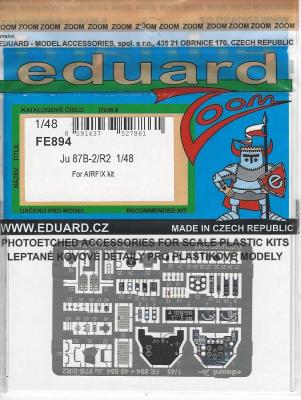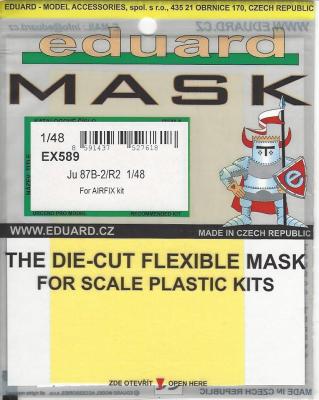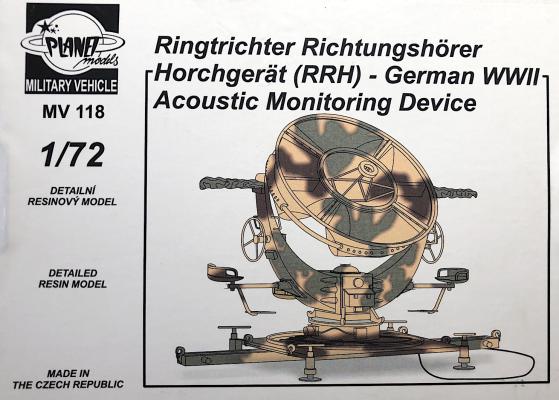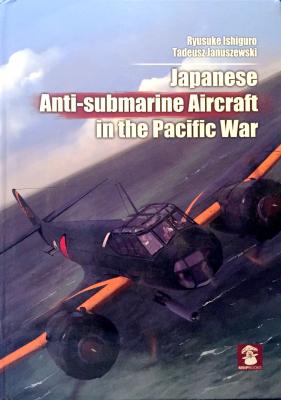According to Sir Isaac Newton’s Third Law of Motion: For every action, there is an equal and opposite reaction. This law describes the action of warfare as well, and so when the Allies introduced the revolutionary “tank” onto the battlefields of Western Europe in 1916, the opposing German forces quickly attempted to blunt the tank with the introduction of anti-tank weapons together with dedicated anti-tank units, known as Panzerjagertruppe. During the Second World War the anti-tank units were known as Panzerjager, or “Tank Hunters”, a separate arm of the Wehrmacht dedicated to the destruction of enemy tank forces. These troops utilized a wide variety of weapons, from man portable items such as anti-tank rifles, to towed artillery pieces such as the 3.7cm PaK and 8.8cm Flak 18, and self-propelled weapons such as the Panzerjager 1.
Welcome to the IPMS/USA Reviews site!
Introduction: The primary organization of the IPMS/USA Review website is by IPMS/USA National Contest Class. Within each Class there are sub-menus by kits, decals, books, etc. The Miscellaneous Class is for items that are not class specific or that cross two or more classes.
IPMS/USA Members: We encourage you to submit reviews, both here and to the Journal. To volunteer for membership in the IPMS/USA "Reviewers Corps" and submit your own reviews, please read the Guidelines For Submitting Product Reviews.
Manufacturers, publishers, and other industry members: IPMS/USA is pleased to offer your company the opportunity for product reviews. All product reviews are performed by IPMS/USA members, and are posted in the publicly-accessible section of our website. With very few exceptions, we perform full build reviews of new kit releases, aftermarket products, and supplies. If you would care to provide product samples for review, please contact John Noack, IPMS/USA 1st VP.
To learn more about IPMS/USA, please see our About Us page.
The ZOOM series of photo-etch from Eduard features the absolutely essential parts to upgrade your model. Typically, it includes the things in the cockpit that provide dramatic impacts such as the pre-painted instrument panel and various other knobs, buttons, and stuff in the cockpit.
It is packaged in a resealable packaging. The set includes one fret of nickel plated pre-painted brass. The detail contained in the pre-painted parts is phenomenal. The detail that is painted is better than I could ever do. Some like it and some don’t. I love it.
In addition to the instrument panel are rudder pedals, radio faces, and all the little parts that are in the cockpit area. The amount of detail contained is impressive, to say the least. Adding this set to the kit cockpit elevates the cockpit to the level of some resin sets.
Many Luftwaffe aircraft had canopy framing on the inside but not on the outside. How to replicate and paint this has always been a challenge. The Stuka has a few of these panels. Well, what is a modeler to do? Well if you are like me you look to Eduard to help you because I hate to mask canopies.
Eduard’s masks are made from Kabuki tape which is just like Tamiya tape. The tape is precisely cut and conform to curves perfectly. This sheet of masks comes in the traditional resealable packaging that Eduard uses. The larger than usual masks includes all the masks you’ll need for your Airfix Stuka, except the camouflage.
Background information from Wikipedia:
Ringtrichter Richtungshörer Horchgerät, or literally ‘hearing aid for anti-aircraft guns’ were developed in the First World War as military reconnaissance devices to locate guns on the battlefields. The successes were modest, however, because artillery fire is only short-term sound events, and there were several gun positions on the battlefields so that the localization was difficult. The directional receiver was much better suited for the localization of aircraft. By means of several devices, the true position of a relatively slow sound source moving in the subsonic range could be determined by cross-bearing. They were still used during the Second World War in order to locate enemy aircraft, even in weather such as fog or darkness. With the increasing speed of aircraft and the invention of radar technology, the Richtungshörer was largely obsolete.
MMP has brought out another large, hardbound book on a topic that has been underrepresented in the world of reference books on WW2 aviation.
This book is hardbound and comprised of just under 250 pages. Production quality is quite high, and there are photos and 3-view drawings throughout the book. At the end of the book are several pages in color, including 21 pages of color profiles, 1 page of color photos, and a few pages of cutaway drawings.















